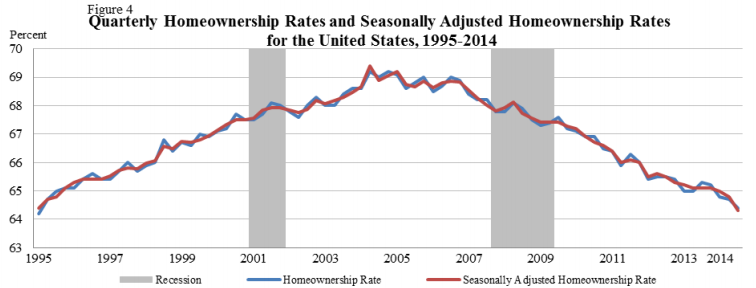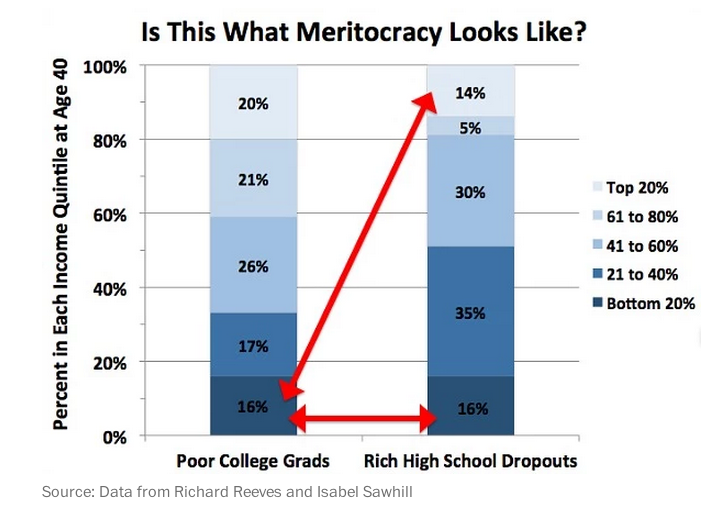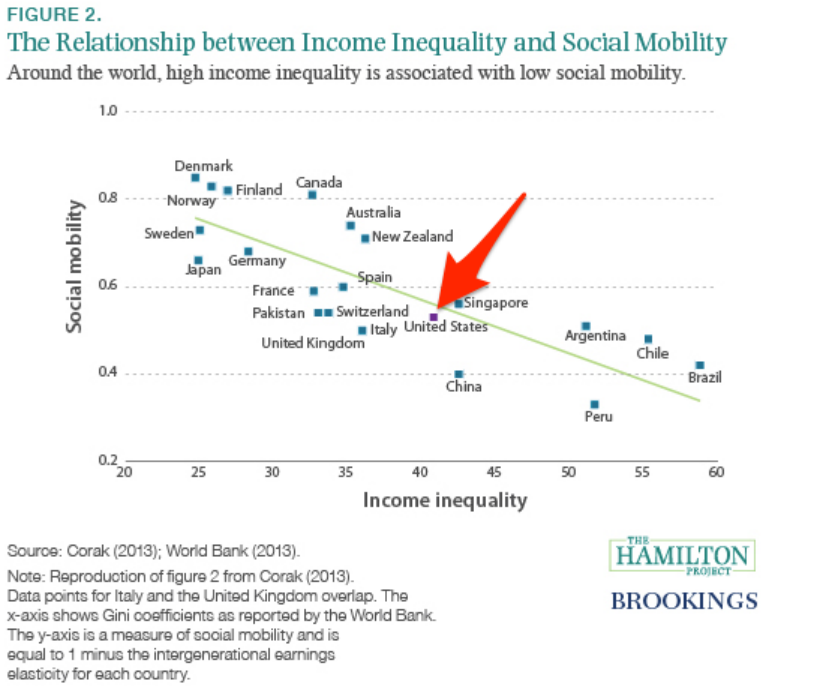By Zeeshan Aleem
"The American Dream is a myth," declared Joseph Stiglitz last week.
The former World Bank chief economist and Nobel Prize winner offered up his harsh judgment on the national creed while on tour for The Great Divide, his new book on American inequality, according to CNN.
Stiglitz's statement is remarkable mainly because it isn't. Even as the economy has recovered and unemployment has steadily dropped, many American's haven't been able to shake the feeling that things are still amiss — a feeling that has gained popular attention in the wake of the Great Recession, but has in fact been brewing for decades.
The notion that America has strayed from opportunity for all is now part of the zeitgeist, and inequality is already a major contender for the key theme of the 2016 presidential race. The person who can figure out how to persuade the public of their diagnosis and solutions to the problem is likely the one who will hold the keys to the Oval Office.
Here are six signs that the American Dream is more fantasy than reality, and that it won't be fixed by paying lip service to reform and then carrying on with business as usual.
1. Home ownership has plummeted.
In 2014, home ownership struck a 19-year low. The most iconic element of the American dream has slipped out of reach for most Americans as earnings have fallen behind rising mortgage rates and home prices.
2. Wages are stagnant or declining for everybody except the highest earners.
According to one comprehensive analysis by the Economic Policy Institute, between 1979 and 2013, wages for median-wage workers rose less than .2% every year, totaling just 6% over more than three decades. Low-wage workers saw their earnings fall 5% in that time. High-wage workers fared better: They saw a 41% increase in pay.
3. Meritocracy is a myth.
Americans believe in the idea that your lot in life should be commensurate with your effort. But if you take a look at the chart above, courtesy of the Washington Post (based on a 2014 paper by Richard Reeves and Isabel Sawhill), you'll see that the idea that merit governs outcome is mostly a fiction.
Reeves and Sawhill illustrate how poor college grads and rich high school dropouts are equally likely to occupy the bottom quintile of income. Rich high school dropouts remain at the top of the income ladder roughly as often often as poor college graduates remain at its bottom. Forty-two percent of American men who grew up in the bottom fifth of incomes remained in that quintile as adults, according to one 2006 study. That's a much higher rate than other developed nations.
4. The U.S. is far from the land of opportunity.
This chart illustrates what's been dubbed "the Gatsby curve," which measures income inequality along its x-axis and social mobility on its y-axis. See how on the U.S. is further to the right and below peer nations like Denmark, Australia, Germany and Japan? That signifies that the U.S. has both greater inequality and lower social mobility than those countries. Social scientists are increasingly interested in the way that these two phenomena may be related to one another.
5. CEOs are making more and more than the average American.
Pay for CEOs has pulled away from worker pay at an unfathomable pace. According to the Economic Policy Institute, in 1965, CEOs of major U.S. companies made 20 times the pay of a typical worker. Today, CEOs make close to 300 times as much. The disparity between CEO and worker compensation isn't as high as it's ever been — it was greater before the stock market crash after the dot-com bubble and the 2008 financial crisis — but it's still higher than during the 1960s through the 1990s.
6. Higher education is becoming an elite luxury.
Bloomberg has calculated that tuition costs have increased a staggering 1,225% since 1978. That increase is about double the extraordinary rise in the cost of medical care during that same time. About 70% of 2013 American graduates left college with an average of $28,400 in debt, according to the Institute for College Access and Success. Higher education is increasingly perceived as a burden as much as an opportunity, and there are no signs of that trend reversing.




No comments:
Post a Comment